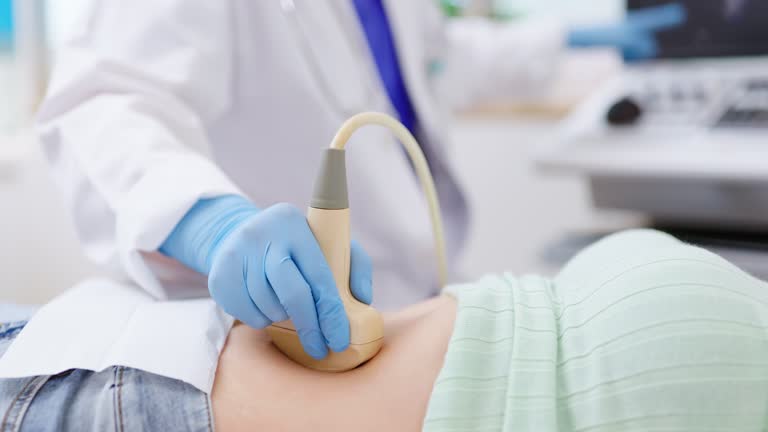What To Do After an Ovarian Cyst Diagnosis

Ovarian cysts are usually painless and harmless and don’t require any advanced medical intervention from your OBGYN. Complications arise if the cyst ruptures, releasing its contents into the surrounding cells and tissues. Such ruptures can cause severe abdominal pain and swelling, pelvic pain, heavy bleeding, and smelly discharge. These cases require prompt treatment. Here’s what to do after an ovarian cyst diagnosis:
Learn More About the Cyst
Ovarian cysts can be functional, dermoid, cystadenomas, or endometriomas. Functional cysts are caused by ovulation and may shrink on their own without specific treatment. Cystadenomas form on the surface of the ovary and feature thin, watery, or thick mucus-like fluid. Dermoid cysts feature cells from different tissues, including your skin, hair, and brain. Endometriomas are cysts filled with endometrial tissue that makes up your monthly menses.
Ovarian cysts can also consist of solid masses, such as tumors or cancerous cells. If your OBGYN suspects the cyst is cancerous, they can perform additional tests like bloodwork. MRIs and CT scans may also help reveal more details about the cyst’s characteristics. Based on the cyst’s diagnosis and prognosis, your doctor will determine if medical intervention is needed. While some cysts can resolve on their own, others may require surgical removal.
Prepare for Treatment Procedures
The type of ovarian cyst and your overall health determine your required treatment. Functional cysts and other benign forms with no symptoms usually don’t require immediate treatment. Your doctor can recommend watchful monitoring and periodic ultrasounds to track the cyst’s size and characteristics. If the cyst causes symptoms like pain, fever, and vomiting, the doctor can recommend pain relievers and anti-inflammatory medication.
Other treatment options include hormonal birth control pills and surgical interventions. Birth control pills help to prevent new ovarian cysts from developing. Surgeries like laparoscopy and laparotomy are used to remove large cancerous cysts. If the procedure involves removing one or both ovaries, your doctor can discuss fertility options, such as egg preservation. Your doctor may also recommend treatment for underlying conditions like endometriosis and polycystic ovary syndrome, as these conditions can contribute to cyst development.
Manage Your Recovery
Ovarian cysts may reappear after shrinking, resulting in intermittent symptoms and other health complications. If your treatment involves watchful waiting, know when to seek emergency care. Watch for symptoms of a twisted or ruptured cyst, such as sudden, sharp abdominal pain accompanied by fever and vomiting. Seek immediate care for such emergencies and other concerning symptoms.
Visit a healthcare clinic for regular pelvic exams to monitor your recovery and detect new cyst formations or other changes. If you are diagnosed with ovarian cancer, seek emotional and mental support from professionals and loved ones. Reach out to your medical team for any questions regarding treatment, symptom management, and fertility options.
Speak to an Experienced OBGYN Today
An ovarian cyst diagnosis calls for prompt action to prevent further complications. Your gynecologist can perform various tests to determine if you need immediate care and procedures or watchful monitoring. Contact a reputable OBGYN today to find out more about ovarian cyst symptoms, diagnosis, treatment, and recovery.



